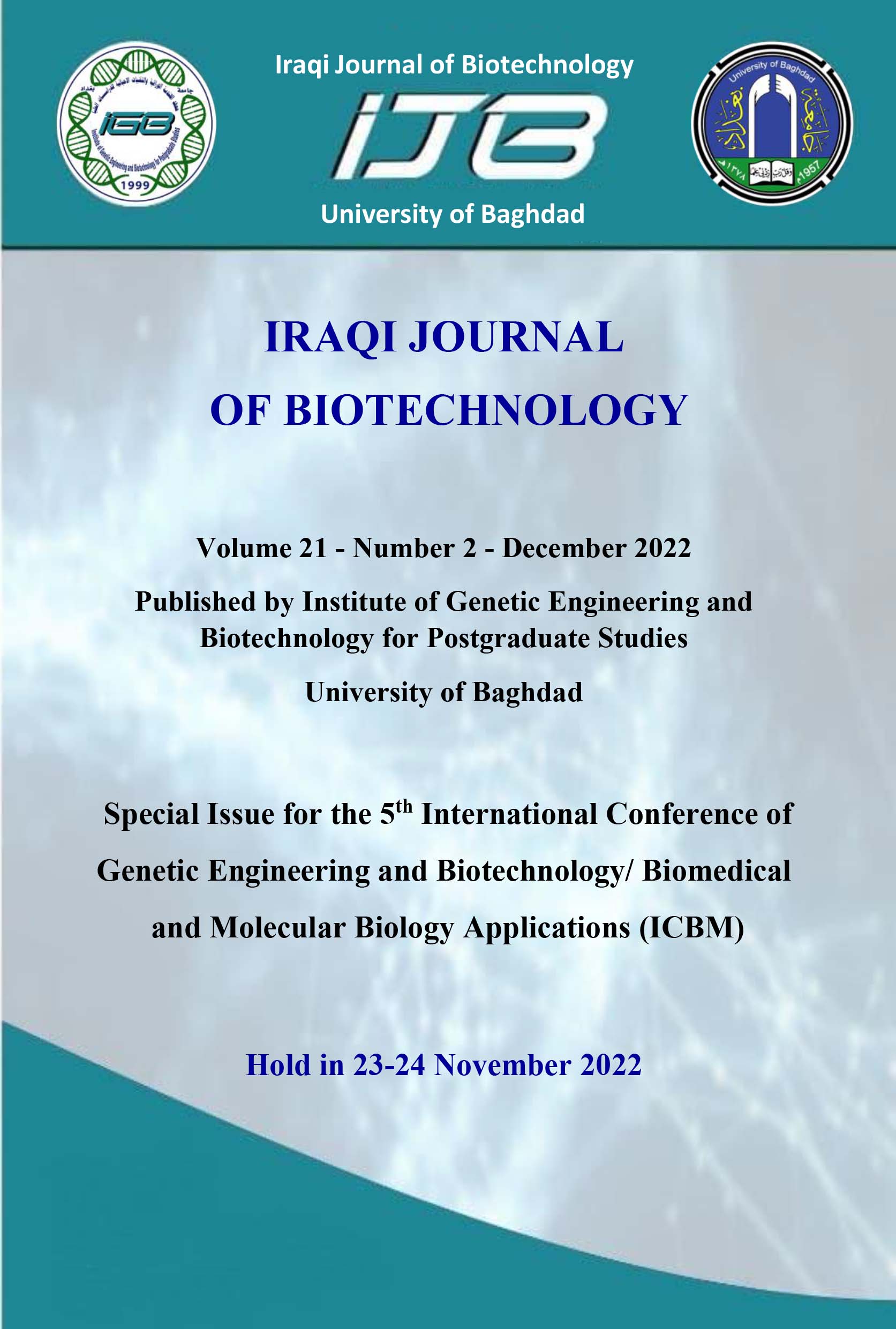Using of Clinical Indices and Biochemical Techniques in Diagnosis of Maturity-Onset Diabetes of Young in Iraqi Population
Abstract
To choose the best course of treatment and determine the prognosis, maturity-onset diabetes of the young (MODY) must be accurately diagnosed. This study aimed to investigate potential clinical markers that could be used to distinguish MODY in young subjects. Eighty MODY3 patients were defined and contrasted with fifty healthy controls. For both age and gender, these two groups were matched. Eighty patients' clinical profiles were gathered, and statistical analysis was done on them. Compared to patients with MODY, subjects had low fasting C-peptide levels (0.56 ± 0.06 ng/mL), total cholesterol (4.46 ± 0.95 mmol/L), Triglyceride levels (1.19±0.042 mmol/L), low-density lipoprotein cholesterol (LDL-C) levels (2.29±0.079 mmol/L), high-density lipoprotein cholesterol (HDL-C) levels (1.31±0.018 mmol/L), HbA1c (7.96% ±0.21), fast blood sugar (7.91 ±0.1 mmol/L) and Anti glutamic acid decarboxylase antibody (GAD) was negative for all patient. Our results imply that fasting C-peptide, anti-GAD Ab, and lipid levels enable effective MODY discriminating. These clinical signs may serve as MODY signals in young diabetic patients, Nevertheless, genetic testing remains important and essential for the diagnosis of patients with MODY.


